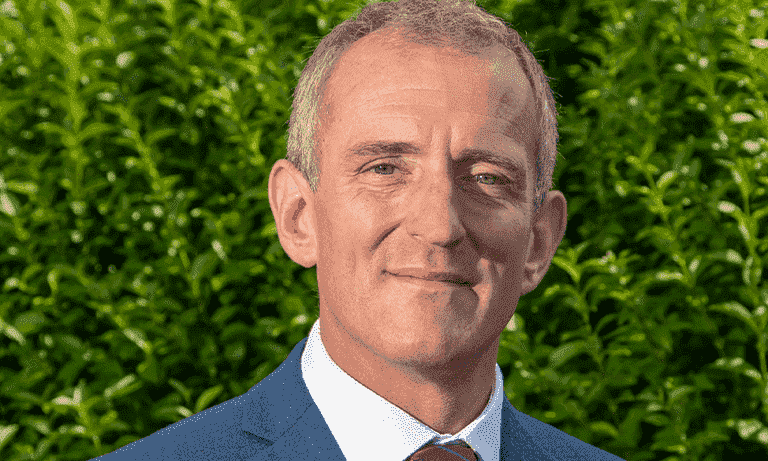Standing up for the veterinary profession
08 Aug 2024
17 Feb 2022 | James Russell
This week the BBC screened ‘Panorama: A Cow’s Life’, which revealed undercover footage of animal abuse and a wider discussion of the price of milk and animal health and welfare on UK dairy farms. BVA Senior Vice President and cattle vet James Russell reflects on the programme.

If, like me, you watched the Panorama programme on the dairy industry on Monday night, then I am sure you will have found it a tough watch.
It was horrific to see the violence meted out to the animals shown in the undercover footage. No farm is perfect but every farmer, stockman, and vet I’ve ever worked with would join me in condemning the appalling actions captured in the filming. And I’m pleased that the farm is now under investigation.
It’s right that animal abuse is exposed and dealt with swiftly, but it was frustrating that the programme conflated the actions of a tiny minority with a much wider – and important – discussion about the price of milk. And ultimately suggested that we have to harm animals in our pursuit of cheap food.
The truth is that many dairy farmers are stretching themselves to the limit (and beyond) to produce affordable food and ensure good animal health and welfare. So, I was really pleased to see Welsh dairy farmer Abi Reader speaking in the programme with such clarity about how she feels about each of the cows on her own farm. It was a brave interview to give in what was clearly going to be a very challenging piece to the dairy industry. At the end of the programme, Abi makes the very valid and poignant point that it's an insult to see milk from her cows sold at such a low price: that their produce is so poorly valued by consumers.
Another frustration is that there are a number of unexplored issues remaining from the programme: principally cow-calf separation and lameness.
Generations of us have been taught about the health benefits of calf separation but we must remain open to the evidence and adaptable to change. It doesn’t mean we have been wrong to advise what we have to date, as that advice is always based on animal health and welfare. But it does mean that we should engage in ongoing conversations about strategies to both protect against disease and reduce stress.
Lameness is a huge focus of the work I’ve been undertaking planning for the new Animal Health and Welfare Pathway, and I see real opportunities for us to support our farmers in prioritising it in the future.
The British Cattle Veterinary Association has produced a comprehensive response to the programme, breaking down and analysing the different issues raised by the programme, and I would encourage you to have a read of it.
In the meantime, I want to thank each of our members who turn out day and night to support, protect, and enhance the wellbeing of livestock on our farms. I would also take the opportunity to extend that thanks to the farmers who work tirelessly to ensure that we are supplied year-round with a range of healthy, nutritious food from sources that we can trust.
If the programme acts as a wake-up call to help us all to refocus our efforts on ensuring that behaviour on farms does not fall short of what this trust demands, then perhaps it will have been no bad thing that it aired. It’s down to us now to continue to be the voice of animal advocacy, to be the voice of sustainable agriculture, and to be the voice that reinforces the importance of our profession in validating the work done by so many across the UK.
Get tailored news in your inbox and online, plus access to our journals, resources and support services, join the BVA.
Join Us Today